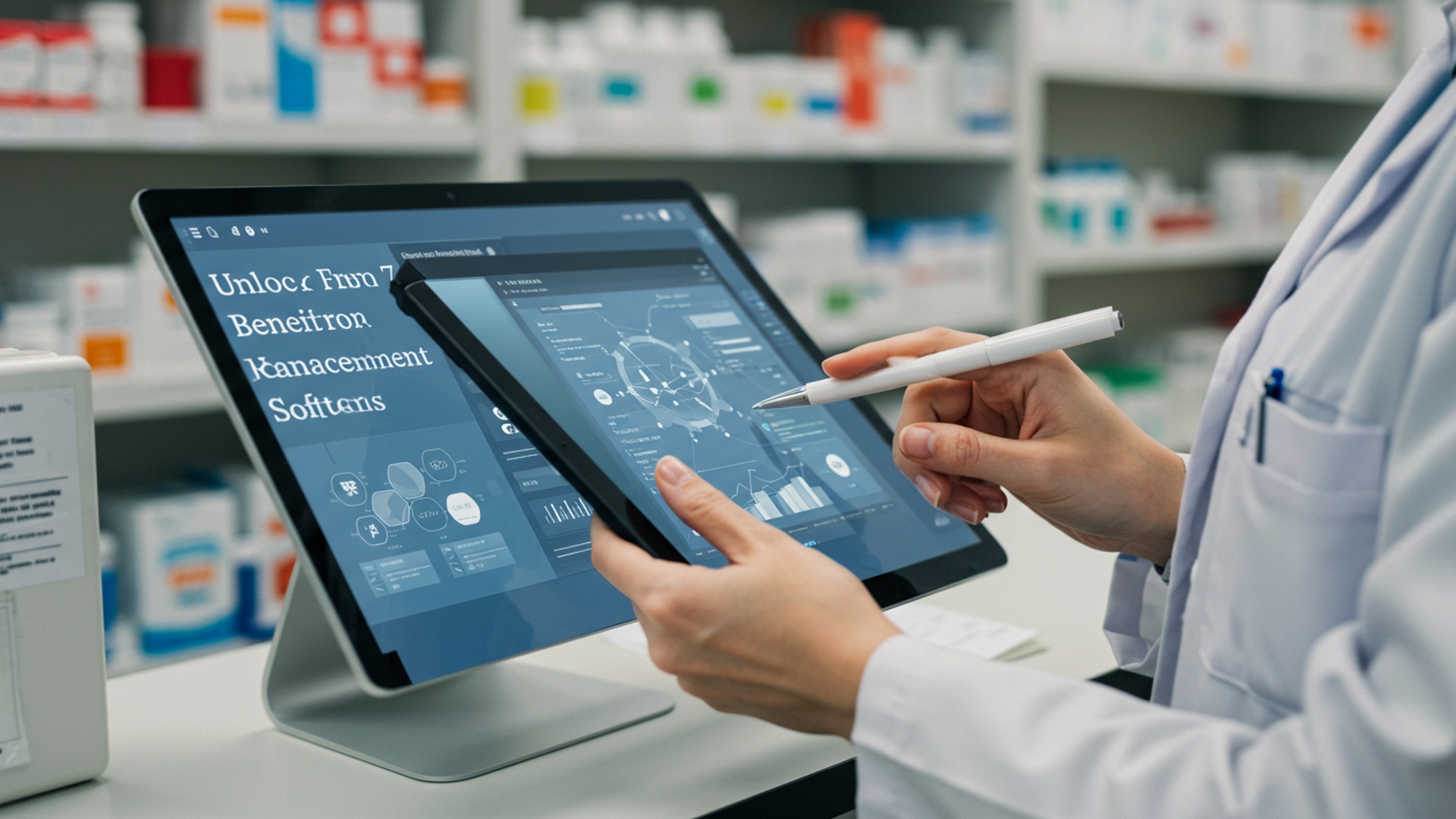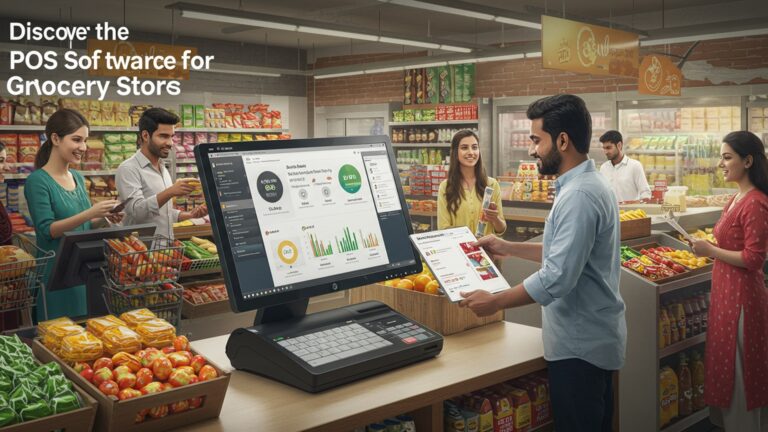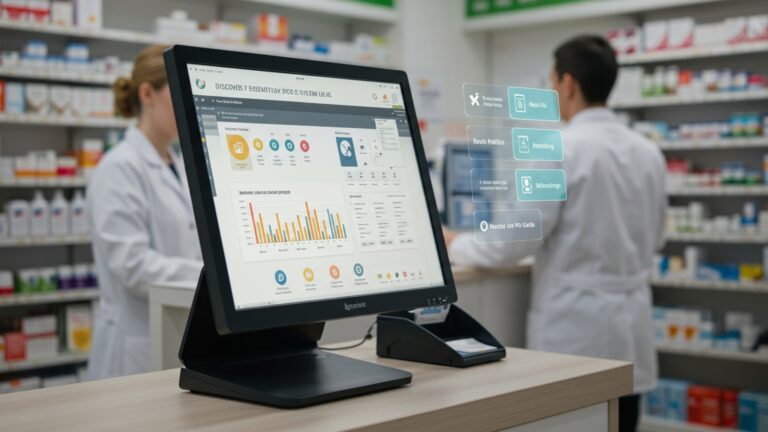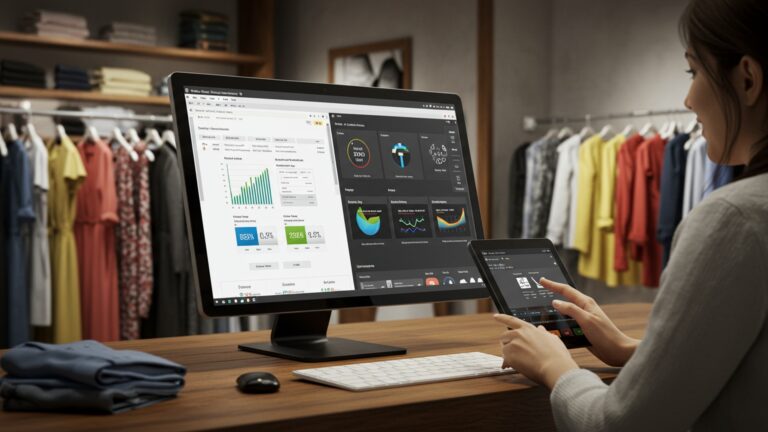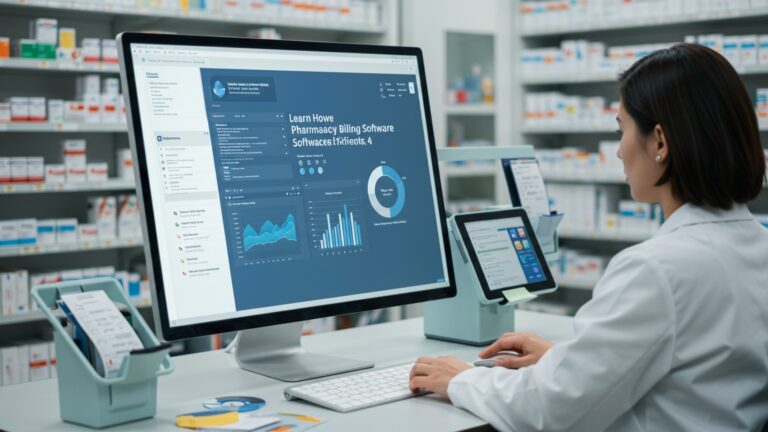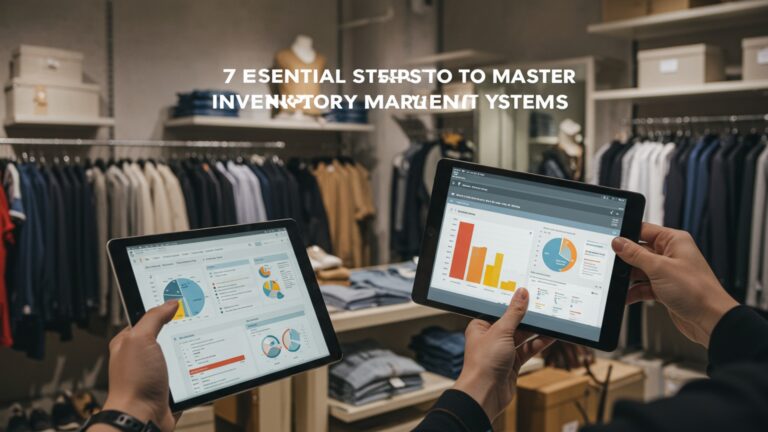Unlock 7 Powerful Benefits From Pharmacy Management Software Solutions
In today’s dynamic healthcare environment, pharmacies face escalating pressures from intricate insurance protocols, stringent regulatory mandates like DSCSA compliance. the relentless drive for improved patient outcomes. Relying on outdated or fragmented systems often leads to operational bottlenecks, medication errors. diminished profitability. Modern pharmacy management software solutions are no longer a luxury but a strategic imperative, revolutionizing everything from real-time inventory optimization that prevents critical stockouts to automated patient counseling prompts that enhance adherence. This technological integration empowers pharmacies to streamline complex workflows, elevate safety standards. ultimately redefine their role in community health.
Understanding Pharmacy Management Software
Think of it as the central nervous system of a modern pharmacy, connecting disparate functions into a cohesive, efficient workflow. These systems typically encompass modules for prescription processing, inventory control, point-of-sale (POS) operations, patient profiling, insurance claims processing. compliance reporting. By digitizing and automating these processes, pharmacies can significantly reduce manual errors, improve operational efficiency. ultimately enhance patient safety and satisfaction. For example, instead of manually checking drug interactions, the software performs this in seconds, flagging potential issues before dispensing.
1. Enhanced Efficiency and Workflow Automation
One of the most immediate and impactful benefits of implementing a pharmacy management software is the dramatic improvement in operational efficiency. Manual processes are notoriously time-consuming and prone to human error, leading to bottlenecks and potential delays in patient care. A comprehensive software solution automates many routine tasks, allowing pharmacists and their staff to focus on more critical responsibilities.
-
- Automated Prescription Processing
From receiving e-prescriptions directly from prescribers to automatically checking for patient allergies and drug interactions, the software streamlines the entire dispensing workflow. This reduces the time spent on data entry and verification.
-
- Workflow Optimization
Tasks like prescription filling, labeling. dispensing can be managed through a structured, automated queue. Staff can track the status of each prescription in real-time, preventing duplication of effort and ensuring timely fulfillment.
-
- Reduced Manual Errors
Automation significantly minimizes the risk of human error associated with manual data entry, calculation. cross-referencing, leading to more accurate dispensing and improved patient safety. Consider a scenario where a pharmacist manually enters a drug dosage; a single misplaced decimal point could have severe consequences. Software validation steps virtually eliminate such risks.
This automation frees up valuable time for pharmacists, enabling them to engage more with patients, provide counseling. offer value-added services, transforming the pharmacy from a dispensing point into a true healthcare hub.
2. Improved Patient Safety and Medication Adherence
Patient safety is paramount in pharmacy operations. pharmacy management software plays a crucial role in safeguarding it. By integrating comprehensive patient profiles with medication databases, these systems act as a vital safety net.
-
- Robust Drug Interaction and Allergy Checks
The software automatically flags potential adverse drug interactions, contraindications. known patient allergies the moment a new prescription is entered. This proactive approach prevents serious medical incidents that could arise from incompatible medications.
-
- Accurate Dispensing
With features like barcode scanning for medication verification during the filling process, the software ensures that the right medication, in the correct dosage, is dispensed to the right patient. This dramatically reduces dispensing errors, a common cause of adverse drug events.
-
- Medication Adherence Tools
Many solutions offer features like automated refill reminders, dose tracking. synchronization of multiple prescriptions. This helps patients stick to their medication schedules, improving treatment outcomes and reducing hospital readmissions. For instance, a patient taking multiple chronic medications can receive a single pickup reminder when all their prescriptions are due for refill, simplifying their management.
By providing these critical safety checks and tools, pharmacy management software empowers pharmacists to deliver safer and more effective care, building trust with their patients.
3. Optimized Inventory Management
Managing pharmacy inventory is a delicate balancing act: too much stock ties up capital and risks expiration, while too little can lead to stockouts and missed sales opportunities. Pharmacy management software provides sophisticated tools to optimize this process.
-
- Real-time Inventory Tracking
The system continuously updates stock levels as medications are dispensed and received, offering an accurate, real-time view of inventory. This eliminates the need for manual stock counts and reduces discrepancies.
-
- Automated Reordering
Based on historical sales data, current stock levels. predefined par levels, the software can automatically generate purchase orders for suppliers. This predictive capability ensures popular medications are always in stock while minimizing overstocking of slow-moving items.
-
- Waste Reduction
By tracking expiration dates and optimizing stock rotation (e. g. , first-in, first-out principles), the software helps reduce the amount of expired or unsellable inventory, saving the pharmacy significant costs.
-
- Controlled Substance Tracking
For pharmacies handling controlled substances, the software provides rigorous tracking and reporting capabilities, essential for regulatory compliance and preventing diversion.
Effective inventory management directly impacts a pharmacy’s profitability and its ability to consistently meet patient needs. A well-implemented pharmacy management software can transform this complex challenge into a streamlined, cost-effective operation.
4. Boosted Financial Performance and Billing Accuracy
The financial health of a pharmacy relies heavily on accurate billing and efficient claims processing. Manual billing can lead to errors, claim rejections. delayed reimbursements. Pharmacy management software is engineered to enhance financial performance.
-
- Streamlined Insurance Claims
The software automates the submission of claims to various insurance providers, ensuring all necessary codes and patient insights are correctly formatted. This drastically reduces claim rejections due to errors.
-
- Real-time Eligibility Verification
Before dispensing, the system can instantly verify patient insurance eligibility, informing both the pharmacy and the patient about coverage and co-pays, thus preventing billing surprises and disputes.
-
- Robust Reporting and Analytics
Comprehensive financial reports, including sales data, profit margins. reimbursement rates, provide valuable insights into the pharmacy’s financial performance. This data helps in making informed business decisions, such as identifying popular products or negotiating better supplier deals.
-
- Accounts Receivable Management
Tracking outstanding payments and managing patient accounts become simpler, improving cash flow and reducing administrative burden.
By optimizing these financial processes, pharmacy management software not only improves the bottom line but also enhances the pharmacy’s reputation for transparent and accurate billing.
5. Enhanced Regulatory Compliance
Pharmacies operate within a heavily regulated environment, with strict rules governing everything from prescription dispensing to data privacy and controlled substance tracking. Non-compliance can lead to hefty fines, license revocation. reputational damage. A specialized pharmacy management software is built with these regulations in mind.
-
- HIPAA Compliance
The software incorporates robust security features, access controls. audit trails to protect sensitive patient health insights (PHI), ensuring compliance with the Health Insurance Portability and Accountability Act (HIPAA). For example, only authorized personnel can access specific patient records. all access is logged.
-
- Controlled Substance Reporting
Automated tracking and reporting mechanisms for controlled substances simplify compliance with state and federal regulations, such as those from the Drug Enforcement Administration (DEA). This includes detailed logs of dispensing, receipt. inventory.
-
- Audit Trails
Every action taken within the software – from prescription entry to inventory adjustments – is logged, creating a comprehensive audit trail. This is invaluable during regulatory inspections and helps maintain accountability.
-
- Up-to-Date Drug insights
Many systems integrate with continually updated drug databases, ensuring pharmacists have access to the latest details on drug classifications, warnings. recalls, which is critical for safe and compliant dispensing.
Leveraging a compliant pharmacy management software solution mitigates legal risks and allows pharmacists to focus on patient care with confidence, knowing their operations meet required standards.
6. Superior Patient Engagement and Communication
Modern healthcare emphasizes patient-centric care. effective communication is key to building strong patient relationships. Pharmacy management software offers tools that significantly enhance patient engagement beyond just dispensing medication.
-
- Automated Refill Reminders
Patients can receive automated notifications via SMS, email, or integrated patient portals when their prescriptions are due for refill, improving adherence and convenience.
-
- Patient Portals
Many advanced systems include patient portals where individuals can securely view their medication history, request refills, update personal data. even communicate directly with the pharmacy staff. This empowers patients with greater control over their health management.
-
- Personalized Counseling Opportunities
By automating routine tasks, pharmacists have more time to provide personalized medication counseling, answer patient questions. offer advice on managing chronic conditions. The software can also flag patients who might benefit from specific counseling based on their medication profile.
-
- Secure Communication Channels
The software can facilitate secure, confidential communication between the pharmacy and patients, or even with prescribers, for prescription clarifications or health updates.
By fostering better communication and providing convenient access to services, pharmacy management software transforms the patient experience, leading to increased loyalty and improved health outcomes.
7. Data-Driven Decision Making and Analytics
In today’s competitive landscape, informed decision-making is crucial for business growth. Pharmacy management software is a treasure trove of data, providing powerful analytics that can guide strategic planning and operational improvements.
-
- Performance Reporting
Generate reports on various metrics such as dispensing volume, sales trends, inventory turnover, staff productivity. customer demographics. These reports offer a clear picture of the pharmacy’s performance.
-
- Business Intelligence
review sales patterns to identify peak hours, popular products. opportunities for new services. For example, if data shows a high demand for a specific over-the-counter allergy medication during certain seasons, the pharmacy can proactively stock up.
-
- Supplier Performance Analysis
Evaluate supplier reliability, pricing. delivery times to optimize procurement strategies and negotiate better terms.
-
- Patient Outcome Analysis
While not a direct medical analysis tool, aggregated data on refill rates and medication adherence can indirectly inform strategies to improve patient health, especially for chronic conditions.
The ability to harness this data allows pharmacy owners and managers to move beyond guesswork, making strategic decisions based on concrete evidence. This leads to more efficient operations, better patient care. a stronger competitive edge in the market. Investing in a robust pharmacy management software solution is an investment in the future success and sustainability of the pharmacy.
Conclusion
Embracing pharmacy management software isn’t merely an upgrade; it’s a strategic move to redefine your practice, transforming daily operations into an efficient, patient-centric experience. I vividly recall a pharmacist colleague, initially wary of new tech, who later confessed how integrating a robust system freed him from tedious manual tasks. This shift allowed him to dedicate more quality time to patient consultations, reflecting the current trend towards personalized care and proactive health management. My personal tip for you is to identify your most pressing operational bottleneck—perhaps it’s inventory discrepancies or complex billing—and then leverage the software to target that specific challenge first. Don’t be overwhelmed by a full-scale overhaul; even incremental improvements can yield significant returns. For instance, optimizing inventory, a perpetual challenge, becomes effortless, as detailed in discussions like 7 Smart Strategies to Optimize Pharmacy Inventory with Management Software. Empower your team through thorough training, fostering a sense of ownership in this digital transformation. The future of pharmacy is intelligent, efficient. deeply connected to patient wellness. By adopting these powerful solutions, you’re not just streamlining processes; you’re investing in a thriving, future-ready practice that genuinely serves its community and excels in a competitive landscape.
More Articles
7 Essential Benefits of a Pharmacy POS System for Your Business Growth
7 Key Factors Impacting Pharmacy POS System Price You Must Know
How to Choose and Use a POS System for Inventory Management in India
Unlock Growth with 7 Essential Free POS Software Options for Small Businesses
7 Essential Features Your POS Billing Software Needs for GST Compliance
FAQs
What’s the biggest advantage of using pharmacy management software?
It really streamlines your whole operation. From dispensing medications to managing inventory and patient records, it automates a lot of tedious tasks, freeing up your staff to focus more on providing excellent patient care.
Can this software actually make our pharmacy safer for patients?
Absolutely! By minimizing manual data entry and cross-referencing prescriptions with patient histories and potential drug interactions, it drastically reduces the risk of medication errors, ensuring patients receive the right meds at the correct dose every time.
How does it help us keep track of all our medicines and supplies?
It provides robust inventory management tools. You get real-time stock levels, automated reorder alerts. insights into popular items. This helps prevent stockouts, reduces waste from expired products. optimizes your purchasing decisions.
Will this make it easier to connect with our patients?
Definitely. With centralized patient profiles, you can quickly access their history, allergies. current medications. This allows for more personalized consultations, better adherence tracking. even automated refill reminders, significantly improving overall patient engagement and care.
Is it good for all the regulatory stuff we have to deal with?
Yes, it’s a huge help with compliance. The software can generate various reports required by regulatory bodies, track controlled substances accurately. maintain detailed audit trails. This makes audits much less stressful and ensures you meet all legal requirements effortlessly.
Can it actually save us money or help our business grow?
It can do both! By optimizing inventory, reducing dispensing errors. improving staff efficiency, you’ll see direct cost savings. Plus, better patient care and streamlined operations can lead to increased patient loyalty and a more competitive edge, ultimately driving business growth.
How does this software make our team’s daily work easier?
It simplifies complex workflows by automating tasks like prescription processing, billing. scheduling. This reduces manual effort, minimizes paperwork. allows your staff to be more productive and less stressed, ultimately improving job satisfaction and overall pharmacy efficiency.

